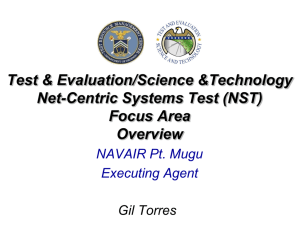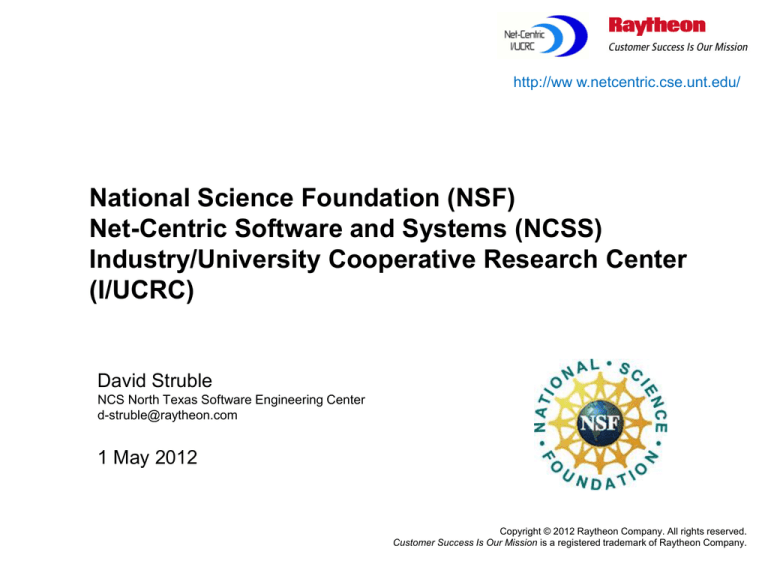
http://ww w.netcentric.cse.unt.edu/
National Science Foundation (NSF)
Net-Centric Software and Systems (NCSS)
Industry/University Cooperative Research Center
(I/UCRC)
David Struble
NCS North Texas Software Engineering Center
d-struble@raytheon.com
1 May 2012
Copyright © 2012 Raytheon Company. All rights reserved.
Customer Success Is Our Mission is a registered trademark of Raytheon Company.
Center Overview
Mission
– A primary source for fundamental software research for the modeling, analysis, design,
implementation, verification and validation, testing, deployment, and evolution of net-centric
software and systems.
Origin
– Concept for Center originally suggested by Dr. Ray Paul, OSD, as a means of addressing DoD
demand for net-centric capabilities across the agency
Creation
– NCSS I/UCRC formally established in early 2009
– Current Academic Partners
University of North Texas (UNT)
Southern Methodist University (SMU)
University of Texas at Dallas (UTD)
Arizona State University (ASU)
Missouri University of Science and Technology (MUST) – to join October 2012
– Industrial Partners
Each partner contributes $30K annual membership
– Multiple memberships permitted
– At least 5 memberships required for each university
– At least 2 universities required to form an I/UCRC
Current and past partners include: Boeing, Cisco, EDS/HP, Lockheed Martin, Raytheon,
Texas Instruments, AMD, Intel, LG, Sprint and several small businesses
4/9/2015
2
NCSS I/UCRC Development Timeline
4/9/2015
3
Direct Industry Participation
Shape direction of projects that seek to develop tools and techniques
for rapidly creating highly dependable and adaptable net-centric
systems for safety- and/or mission-critical applications
Explore potential cross-company collaboration on net-centric
research topics of mutual interest
– One-company projects may spinoff which can be protected as
proprietary
Support of university/student activities related to the net-centric
research themes of the Center
– NSF Research Experiences for Undergraduates (REU)
Foundational Requirements for Software Safety
– 2012 International Conference on Software Reliability Engineering
(ISSRE) in Dallas
Participation in monthly half-day meetings to status projects; meeting
site rotates among university partners (at least one yearly meeting at
each university; 3 currently in DFW, 1 in Tempe, AZ)
Member support of I/UCRC is approximately 4 Hrs/mo with one trip
(2 nights) per year for each university site outside the DFW area
(currently one)
4/9/2015
4
What Do Companies Gain from Membership?
Influence I/UCRC Research Directions
– Opportunities for constructive collaboration and directed
efforts with team of customers, partners, suppliers, and
competitors on basic and applied research of key mutual
benefit
– Opportunities for focused incubation of net-centric
technologies, directed by a business partner or partners and
targeted to specific product line enhancements
Joint Research with Universities, Industries, and Customers
(e.g., DoD, NSF, DARPA, DoE, others)
– Consortium resources can augment potential CRAD and/or
IRAD proposals and projects by providing evidence of and
access to collective consortium capabilities, skilled personnel,
and past research project performance
Technology Transfer
– Novel concepts emerging from collaborative industry,
customer, and academic research provide opportunities to
move ideas from theory to practical application
Partnering with Industry on Key Research Interests
– Opportunities for collaboration, consulting, and independent
peer review with academic, customer, and industry
practitioners
4/9/2015
5
Other Benefits?
Access to University Research
– A “force multiplier” for generating new business opportunities,
growing existing competencies, and filling technical gaps
Training and Education of Employees
– Academic curricula of member institutions targets key net-centric
enabling technologies providing potential future employees with
focused skill sets and minimal learning curves
Access to Students as Interns and Potential Employees
– A relevant, desirable, and domain-specific resource pool
– A lower risk, affordable alternative to recruiting from institutions
without net-centric training elements
Diverse Faculty and Student Population
– Culturally aware, multi-lingual pool of potential consultants for
businesses turning their attention to international pursuits,
customers, and competitors
IRAD/CRAD Partnerships
– Consortium resources can augment potential CRAD and/or IRAD
proposals and projects
– Provides evidence of capabilities, access to skilled personnel, and
past research project performance
4/9/2015
6
A National Research Collaboration
Soon to join
Center Mission
Foster growth of a National Center of Engineering
Excellence and innovation focused on industry needs
for Network-Centric technologies
Expand collaboration between Universities and
Industry
Pursue industry-driven cutting edge research
Promote technology commercialization
Industry Members Receive Business Value
The Best of the Best: Easy access to leading researchers from multiple
universities for company sponsored research through a single organization
Return on Investment: Leveraged “force multiplier” to accelerate generation of
new ideas for product innovation at significantly decreased cost – direct
influence on more than $1M in research projects
Intellectual Property: Royalty free licenses to collective research of the
Consortium
Education: Better trained graduates and easy access to technology experts for
company employee education and training in emerging technologies
Collaboration: Establish high-quality, long-term relationships with university
researchers and senior technologists from innovative companies
University Resources and Benefits
University of North Texas
University of Texas at Dallas
Southern Methodist University
Arizona State University
* Missouri S&T
Collectively involves more than 30 faculty and 100 graduate students working directly on netcentric related projects
Home to 2500 undergraduate and 1200 graduate students in Computing, Communications,
Software, Security, and Systems Engineering degree programs
Proven success with industry and government funded research
University Benefits
Helps steer curricula and research to create tomorrow’s innovations
Produces graduates attuned to current and future workforce needs
Engages in high value nationally recognized engineering research
Overall Competencies
Faculty at the three universities have broad capabilities in Computer Science
and Engineering related disciplines needed for Net-Centric Systems
Computer Systems, High-Performance Computing, Cloud Computing
Resource allocation, scheduling and load balancing
Emerging technologies such as multi-core, 3-D RAM, PCM
Cloud computing security
Software Engineering and SoA
Software Architecture, Software Testing, Software Safety
Service Discovery and Composition
QoS and Service Level Agreements
Computer Networking, Security, Sensor Networks
Wired and Wireless
Security of multimedia, VoIP, IPTV, RFID
Signal Processing
Sensor Networks, Cyber Physical Systems
Some Current Research Projects
•
A power optimization framework for multi-core handheld devices
•
Archival and retrieval of continuously recorded audio
•
Communication of hand signals and gestures in Net-Centric environments
•
Foundational requirements for competency in software safety
•
QoS-reconfigurable web services
•
Risk analysis-based fault-proneness identification for multi-threaded embedded
software
•
SAR target classification using sparse representations and spatial pyramids
•
Systems of systems engineering – A goal-driven architecture simulation approach
•
Tools for reliability and usability testing, analysis and improvement for software
components
•
Self-detection of abnormal sequences
•
Memory organizations for 3-D Memories and SSDs
How It Works
The Center is funded by Industrial Memberships and NSF
NSF funding offsets administrative project costs so every membership dollar goes into
research
Projects are proposed by both industrial members and university faculty
The Industrial Advisory Board is composed of a representative from each of the industrial
member companies and meets semi-annually
The IAB exclusively selects projects to be undertaken by the Center
Projects may leverage additional government funding sources
$30K annual industrial membership fee
Different membership level for Small Businesses available
Next Industrial Advisory Board Meeting In Dallas
Early October 2012
Industry Open House with posters on faculty/student research
Join us as an Industrial Member today!
Opportunity to take advantage of highly leveraged research
No overhead on industrial memberships
Unique ability to network with other industry technical leaders
Dues can be paid annually or quarterly
Small company memberships available
WE WANT YOU
FOR THE NCSS
I/UCRC!
Contact Information
UNT:
Krishna M. Kavi, kavi@cse.unt.edu ,
NCSS I/UCRC Center Director, 940-369-7216
ASU:
Andreas Spanias, spanias@asu.edu,
Site Director, 480-965-1837
UTD:
Farokh Bastani, bastani@utdallas.edu
Site Director, 972-883-2299
SMU:
Jeff Tian, tian@lyle.smu.edu
Site Director, 214-768-2861
MST:
Sanjay Madria, madria@mst.edu
Site Director, 573-341-4856

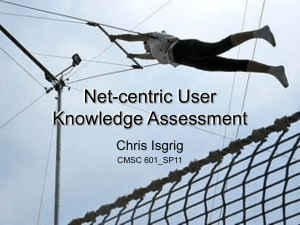
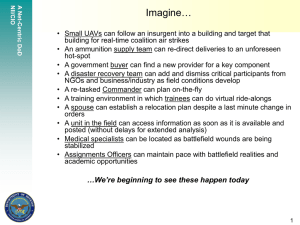
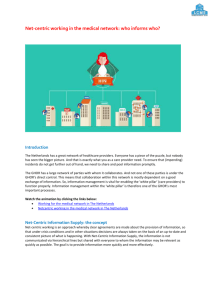
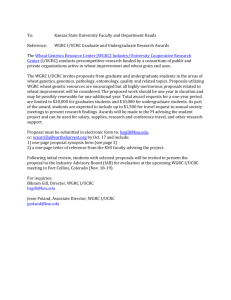
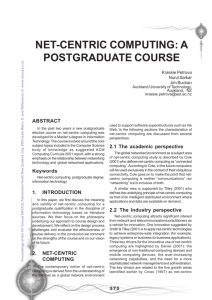
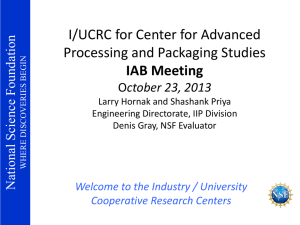
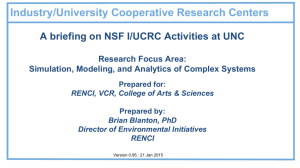
![[Share-My-Toys Membership] Marketing Plan](http://s2.studylib.net/store/data/005475303_1-5c5fcecf250fc9c92c1a18cc8f242409-300x300.png)



